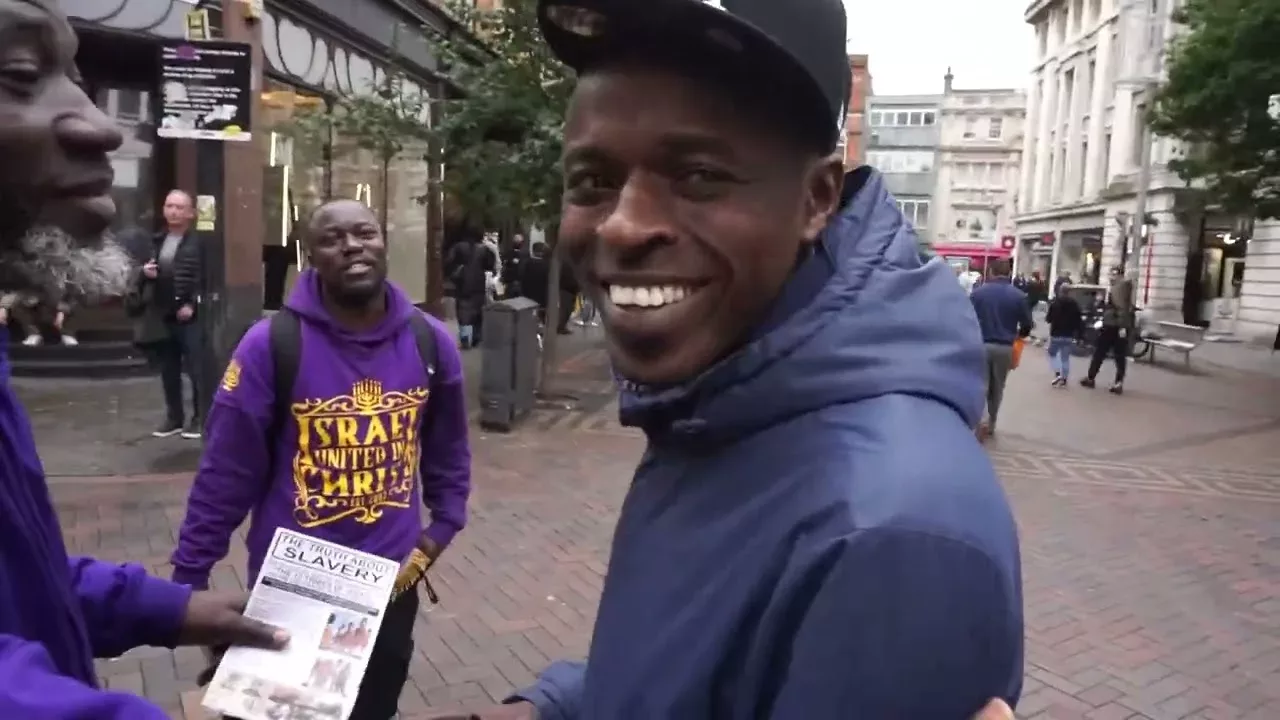In a recent public exchange, a discussion with members of a group identifying as Israelites turned confrontational as one individual openly expressed disdain towards white people. The incident, captured on camera, sheds light on the challenges of confronting racism and navigating heated conversations.
The encounter began with an attempt to engage the Israelites in a discussion about their cause. However, the situation quickly escalated when one member was saying the “Nword” in public, referring to himself?
Then as the leader of the group is being filmed, his audience, violently reacted to the comments and later, even refused to speak to the man based on his race! explicitly stating that it was because he was white and expressing a strong dislike for white people!
#antiwhite Racism is rising at an alarming rate, especially acceptable amongst the educators and HR departments…it appears a nationally recognised vocation, to be anti white.. almost…
The refusal to engage in dialogue based on race led to a series of questions, with the individual challenging the group’s behavior and expressing concern about the racist remarks made against him.
The racist apeparance of the man’s words and actions being filmed, were confirmed and proudly admitted.. which is the most shocking part of the video clip.. apart from the blind eye approach, of the silent witnesses.
We must sympathise with the video taker for his brave actions to stand up against racism, especially in public!
The physical contact, by the israelite, and physical threats made, so openly, without fear of justice…. was a significant factor and sight to behold.
Despite the attempts to address the issue, the members of the group did not condemn or apologize for their colleague’s behavior.
The incident raises questions about the boundaries of free speech and the prevalence of racism in public spaces. The refusal to engage in a conversation based on race, coupled with derogatory statements, is considered by the individual as a hate crime. The confrontation highlights the need for open discussions on racism and the challenges faced in confronting such behavior.
As tensions rose, the individual emphasized the importance of capturing the incident on camera and expressed disappointment in the lack of condemnation from the group. The encounter concluded with the individual asserting that the group’s actions constituted a hate crime and left a troubling mark on the broader conversation about race relations.
The incident serves as a reminder of the complexities surrounding conversations about race and the need for ongoing efforts to address and eliminate racism in all its forms. It also underscores the challenges individuals may face when attempting to engage in constructive dialogue on sensitive topics in a diverse and multicultural society.
